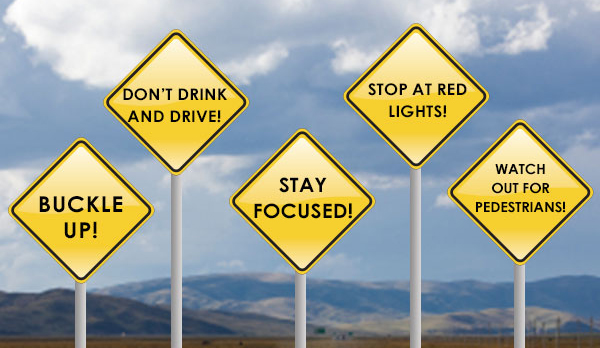
Dear Clients,
Welcome to Bulgaria! The following information may be useful for your stay in our country!
Bulgaria is a country in Southeast Europe, borders five other countries: Romania to the north (along the Danube), Serbia and the Republic of Macedonia to the west, and Greece and Turkey to the south. The Black Sea defines the extent of the country to the east.
With a territory of 110,933 square kilometers (42,855 sq mi), Bulgaria ranks as the 16th-largest country in Europe. Several mountainous areas define the landscape, most notably the Stara Planina (Balkan) and Rodopi mountain ranges, as well as the Rila range, which includes the highest peak in the Balkan region, Musala. In contrast, the Danubian plain in the north and the Upper Thracian Plain in the south represent Bulgaria’s lowest and most fertile regions. The 378-kilometer (235 mi) Black Sea coastline covers the entire eastern bound of the country. Bulgaria’s capital city and largest settlement is Sofia.
General information:
Population: 7977646
Area: 110933 sq. km
Language: Bulgarian
Religion: Orthodox
Summer temperatures: 26° to 30°C
Winter temperatures: -5° to 5°C
Time zone: GMT +2 (April – September +3)
Capital – Sofia
Currency – Lev (BGN)
Exchange – 1 Euro / 1.95583 BGN
Monetary Units :
The official monetary unit is called “LEV” (plural “LEVA”). The banknote denominations include 1, 2, 5, 10, 20, 50 and 100 LEVA, as well as coins – 1, 2, 5, 10, 20, 50 called “stotinki” (“stotinka” for singular). 1 LEV coin is also available.
The official language in Bulgaria is Bulgarian. The Bulgarian language belongs to the group of the Slavic languages and it is very close to Russian, Macedonian and Serbo-Croatian languages. The majority of people speak Russian, basic English, German and French.
Culture:
Traditional Bulgarian culture contains mainly Thracian, Slavic and Bulgar heritage, along with Greek, Roman, Ottoman and Celtic influences. Thracian artifacts include numerous tombs and golden treasures. The country’s territory includes parts of the Roman provinces of Moesia, Thrace and Macedonia, and many of the archaeological discoveries date back to Roman times, while ancient Bulgars have also left traces of their heritage in music and in early architecture. Both the First and the Second Bulgarian empires functioned as the hub of Slavic culture during much of the Middle Ages, exerting considerable literary and cultural influence over the Eastern Orthodox Slavic world by means of the Preslav and Ohrid Literary Schools. The Cyrillic alphabet, used as a writing system to many languages in Eastern Europe and Asia, originated in the former around the 9th century AD.
Ancient Roman architecture in Plovdiv, the oldest city in Europeand the 6th oldest settlement in the world, continuously inhabited since at least 3,000 BC.
A historical artifact of major importance is the oldest treasure of worked gold in the world, dating back to the 5th millennium BC, coming from the site of the Varna Necropolis.
UNESCO World Heritage Sites in Bulgaria
Bulgaria has nine UNESCO World Heritage Sites: the Madara Rider, the Thracian tombs in Sveshtari and Kazanlak, the Boyana Church, the Rila Monastery, the Rock-hewn Churches of Ivanovo, Pirin National Park, Sreburna Nature Reserve and the ancient city of Nesebar.
_________________________________________________________________
Useful Driving Information when visit Bulgaria
Driving Orientation:
The traffic in Bulgaria is organized under Left-Hand Drive (LHD). Pay high attention in your first encounter with the traffic in Bulgaria. You must be at least 18 years of age to be permitted to drive in Bulgaria.
Speed Limits:
Car equipment required in any vehicle on the road:
National Roads:
Distance to main cities
Sofia-Plovdiv: 145 km
Sofia-Stara Zagora: 250 km
Sofia-Burgas: 430 km
Sofia-Varna: 445 km
Sofia –Veliko Tarnovo: 220 km
Distance to main winter & summerresorts, SPA and tourist sites:
Sofia- Borovetz: 70 km
Sofia –Bansko: 175 km
Sofia- Sandanski: 160 km
Sofia –Melnik: 210 km
Sofia- Pamporovo: 230 km
Sofia-Sunny Beach: 475 km
Sofia- Albena: 470 km
Sofia-Golden Sands: 470 km
Sofia-Nessebar: 470 km
Sofia –Sozopol: 465 km
Mandatory regulations:
Forbidden:
Autojet Team wishes you safe drive in Bulgaria!